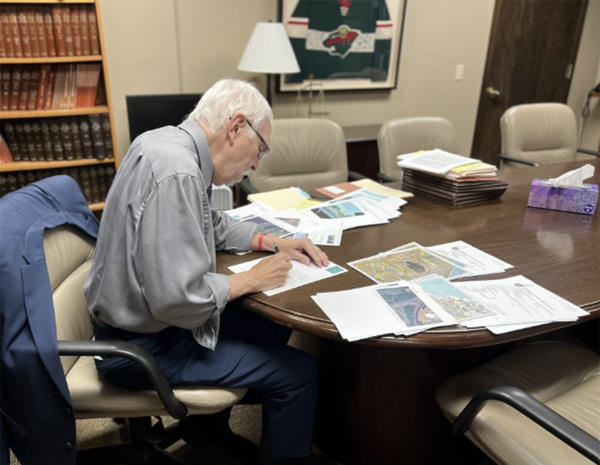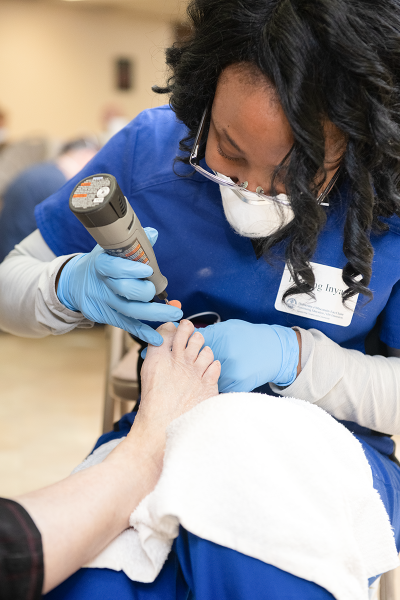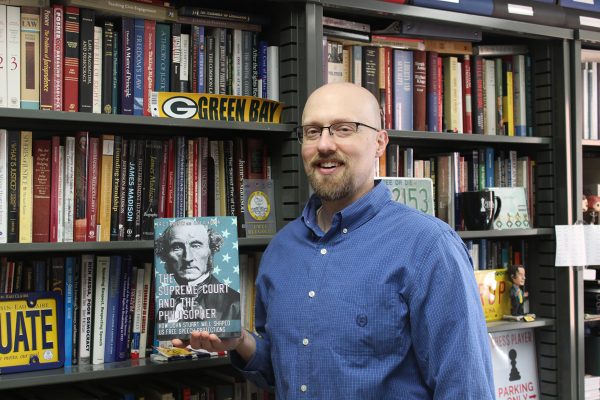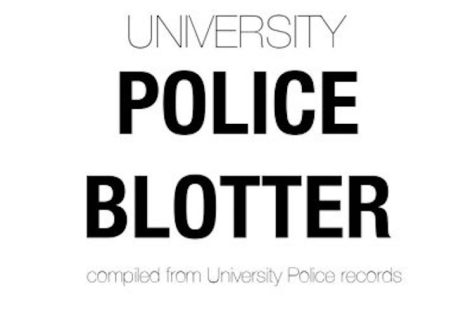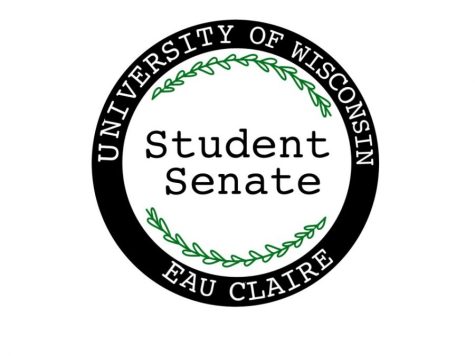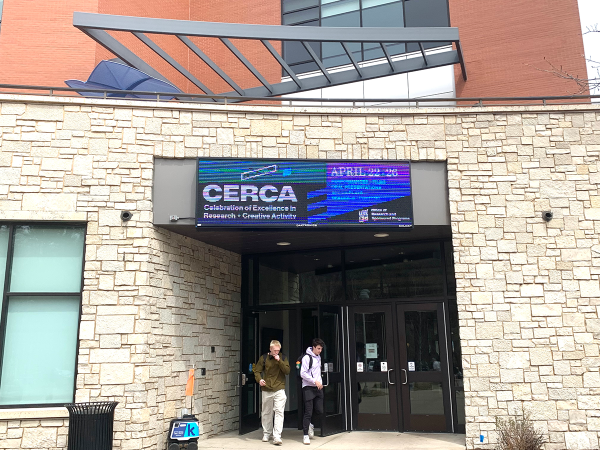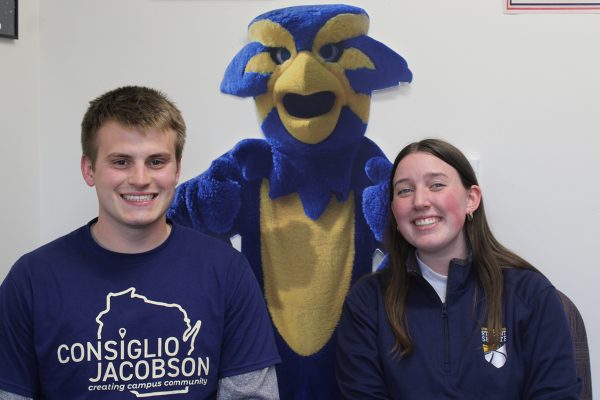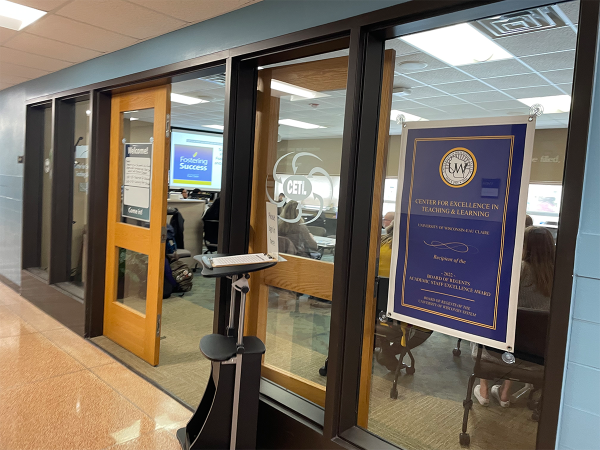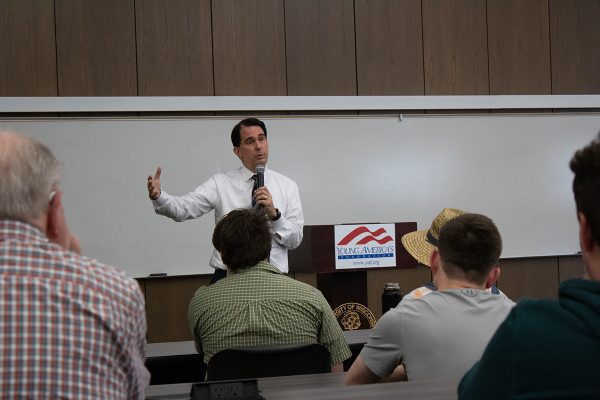Meet Your Professor: Nicole Jones
Department: American Sign Language
March 12, 2014
Jessie Tremmel: How did you find your way to teaching?
Nicole Jones: I actually started teaching at a high school, back at Champlain Park in Minnesota. They needed a teacher to teach sign language at the high school and I had done some community teaching things, and they needed a teacher and I thought, “You know what, let me try it,” and I did and I really loved it. I really, really love teaching sign language. I originally went to the University of Minnesota to be a veterinarian, and then changed my major into ASL, or Deaf Education, if you will, so I had just sort of been looking for an actual teaching job and had done just community stuff, working with kids, being a camp counselor, mentoring deaf kids and working with kids that way. I got the teaching job at the high school, was there for three years, then moved here and I have been here ever since.
JT: What brought you to Eau Claire?
NJ: We were moving to the area anyway, but at the time I had contacted the universities in the area, like Eau Claire, River Falls, Stout. Stout already had a teacher, Eau Claire here already had a teacher as well, but what happened was they had an overload, they had a bunch of freshman who wanted to take the class. They needed another instructor, so I was only teaching one course here when I first started, and then I was teaching one course at River Falls, so I would drive back and forth. Then it expanded at River Falls, and I was teaching two. All of a sudden we realized there was such a need here, so then I got to be full-time. I had to drop River Falls. I am full-time plus here now, I teach six sections.
JT: So the ASL Program here has grown?
NJ: It has expanded. I think the more high schools offer it, the more colleges accept it, as well as offer it themselves. It is the third most used foreign language, English, Spanish, ASL, so there is such a need for it in every profession. I think that that helps too, the students want it.
JT: If you weren’t teaching, what would you be doing?
NJ: Good question! I don’t know, probably something within the deaf community. I worked for an interpreter referral agency before, placing interpreters with companies that needed their services. Something I think related or working with deaf kids. I don’t know, it is wild to think, I can’t imagine not being a teacher now.
JT: What is your favorite part of teaching?
NJ: Sort of those moments, like those ah hah moments when students all of a sudden get it. You can just see it on their face, and I’m like “They get it!” Or when I tell a joke in sign language in class, and the whole class laughs. I love that. Because I know that they are getting it, and I know that they are able to make it apply. My husband came one time to watch a class, and he was just astounded that all of a sudden the class would sort of react at the same time, or laugh at the same time. He was so clueless. So it is cool that way.
JT: Are there misconceptions about you as an ASL professor?
NJ: I announce myself on the first day that I am not deaf. I don’t ever present myself that way, but I think that because I don’t voice in class, sometimes students forget or get confused. I think there is a misconception that if you are a teacher or ASL, that you are automatically an interpreter. They are totally two different things. I am not a licensed interpreter, that’s not my thing.

